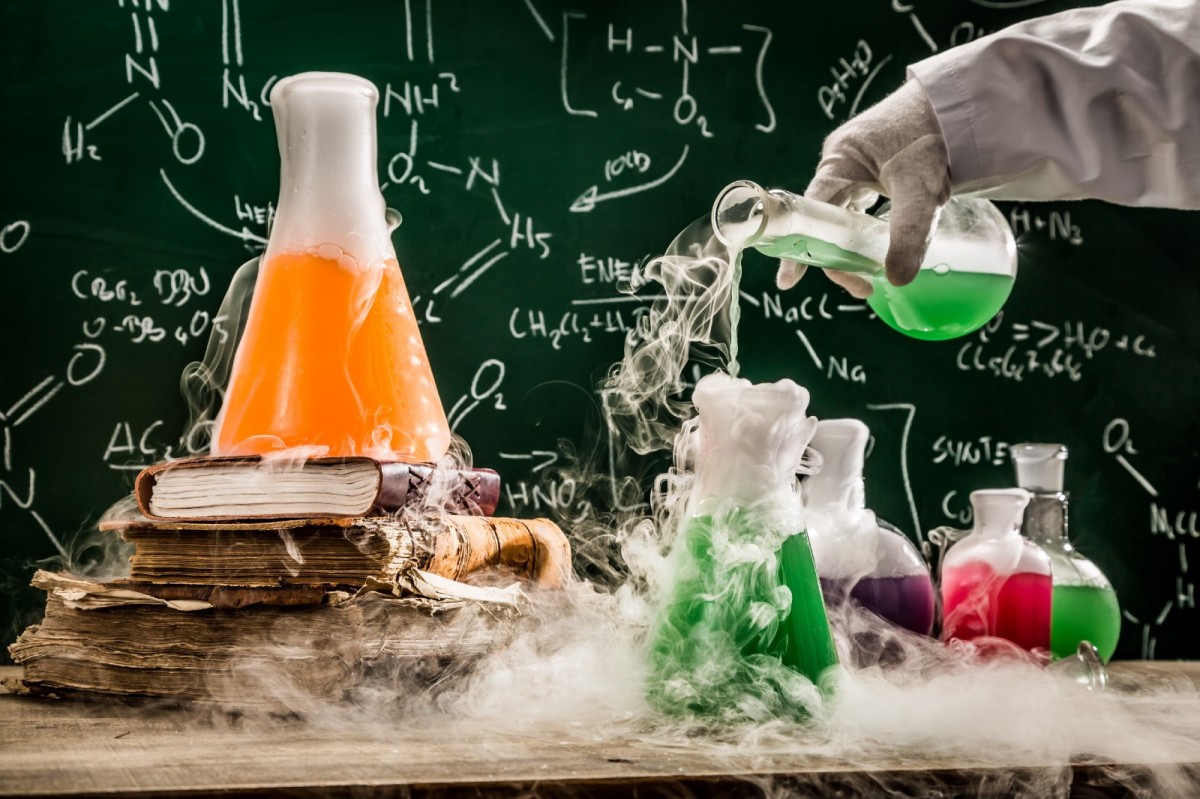Salam (May God Bless You). There are some reactions called oxidation, in which substances gain electrons, these substances also may gain oxygen or lose hydrogen atoms which is why the reactions are known as oxidation. Other reactions are known as reduction, the substances involved in such processes gain electrons, they may also lose oxygen atoms or gain hydrogen atoms. These two reactions do not occur in isolation but together in a reaction and are thus called redox reactions.
Oxidising agents
Oxidising agents are those agents which oxidise a substance while they themselves are reduced to atoms. The mose commonly used oxidising agents are Non-metallic elemants which accept electrons to form anions, metal cations which accept electrons to form a complete atom, and those ions which contain an elemant which has a very high oxidation state which is lowered in the process.
The Oxidation state is the amount of charge an ion carries such as Na+ has the oxidation state of +1.
Reducing agents
Reducing agents are chemicals used to bring about reduction while they themselves are oxidised. The most common reducing agents are metals which donate electrons to form cation, non-metals which remove elemants with negative oxidation state during a reaction, and Ions that have a low oxidation state but during a chemical reaction they rise in their oxidation state.
Reversible reactions and dynamic equilibrium
Some reactions are written on a piece of paper with the sign “→” indicating the reaction is only in the forward direction, meaning that only products are formed. Other reactions have the symbol “↔” indicating a reversible reaction. This means that the reaction can produce such products which again react with one another to form the initial reactents. These kind of reactions are called reversible reactions.
These reactions do not occur at the same rate but there comes a time when the concentration of the products and the reactents formed are in the same equilibrium state. The products and reactents have the same concentration in the same state. This state is called “dynamic” because the reaction is continuous.
La Chatelier Braun Principle
 The principle was founded by the French-Italian chemist Dr. Henry Louis Le Chatelier and the German physicist Nobel laureate Karl Ferdinand Braun. This principle is more
The principle was founded by the French-Italian chemist Dr. Henry Louis Le Chatelier and the German physicist Nobel laureate Karl Ferdinand Braun. This principle is more  commonly known as the Le Chatelier Braun principle. The principle states that when a chemical reaction is in the state of dynamic equilibrium, if the external factors such as temperature is not constant then the state of equilibrium will shift to the side which will try to prevent such a change.
commonly known as the Le Chatelier Braun principle. The principle states that when a chemical reaction is in the state of dynamic equilibrium, if the external factors such as temperature is not constant then the state of equilibrium will shift to the side which will try to prevent such a change.
For example, if the forward reaction in a chemical reaction is exothermic then the reverse reaction is endothermic. If the temperature is raised then the equilibrium will move to the left side causing more reactents to be formed.
In case of pressure, if the pressure of the reactents is increased the equilibrium state moves to the right meaning more products are formed than reactents. If the moles of both the reactents and the products are different then no matter which side has the most pressure then the equilibrium state falls to the side with less concentration/moles.
